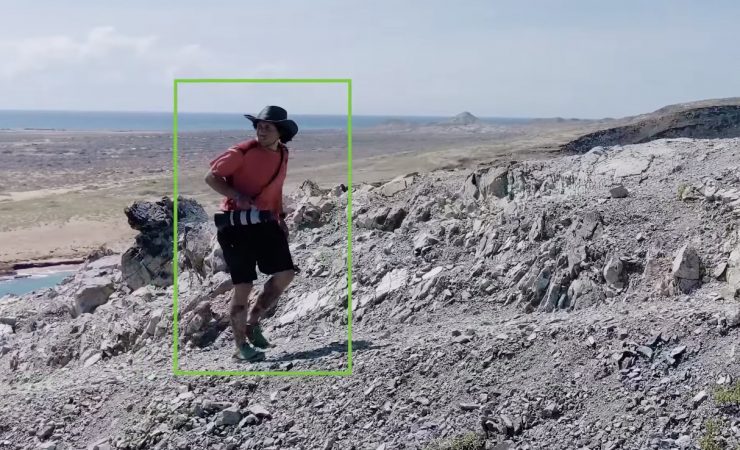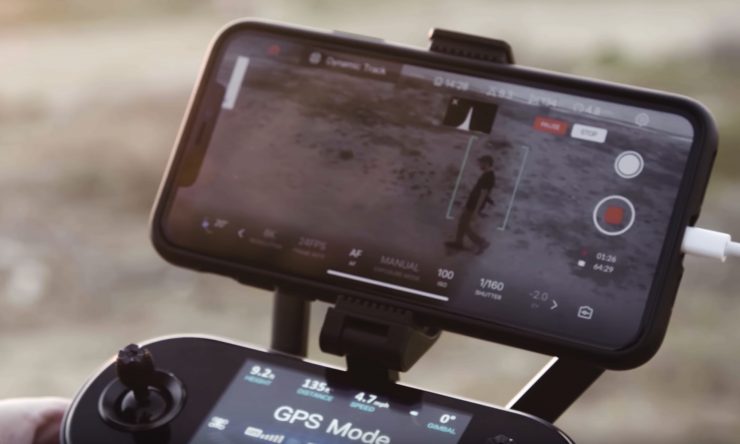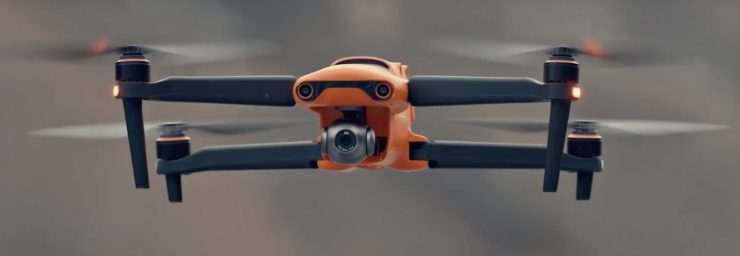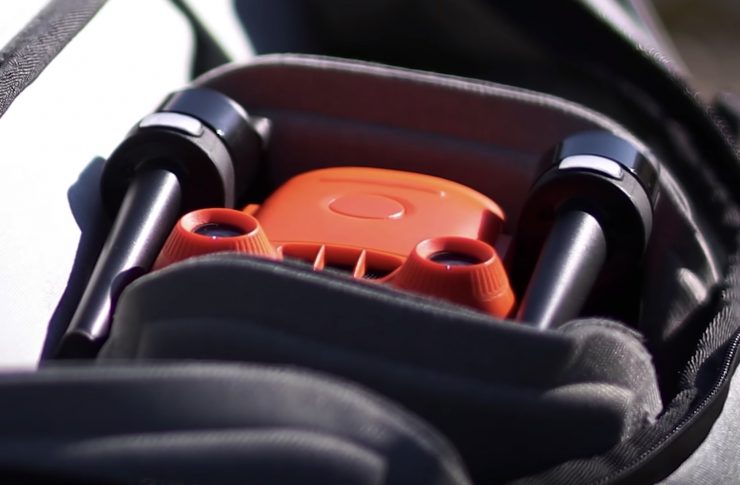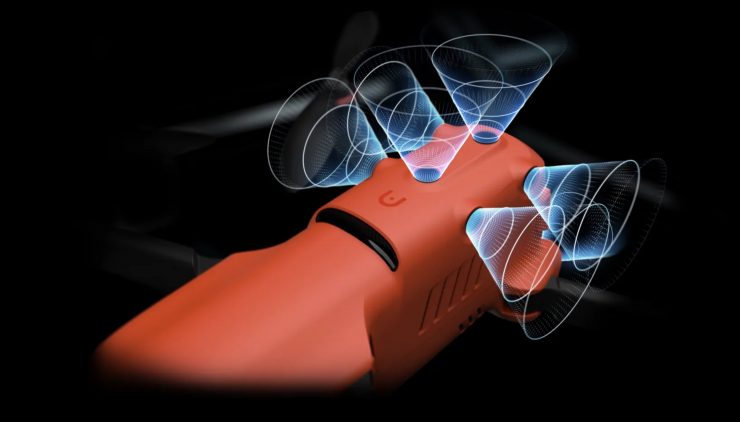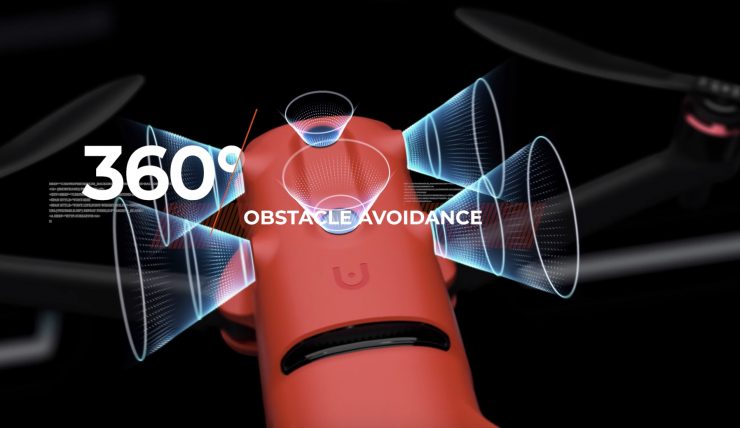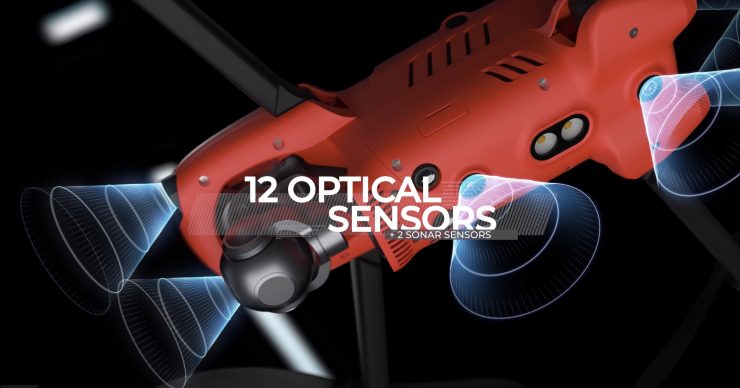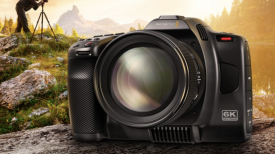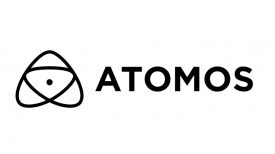At CES 2020, Autel has unveiled its new range of EVO II drones. The range consists of the EVO II, the world’s first 8K foldable consumer drone, the 6K EVO II PRO, and the EVO PRO II Dual, which features the ability to record 8K and thermal images.

Ther EVO 2 series features the longest battery life of any foldable drone (up to 40-minutes of flight time). With a top speed of 45mph and up to 9km range. The drones use all-new sensor and storage package and omnidirectional obstacle avoidance.
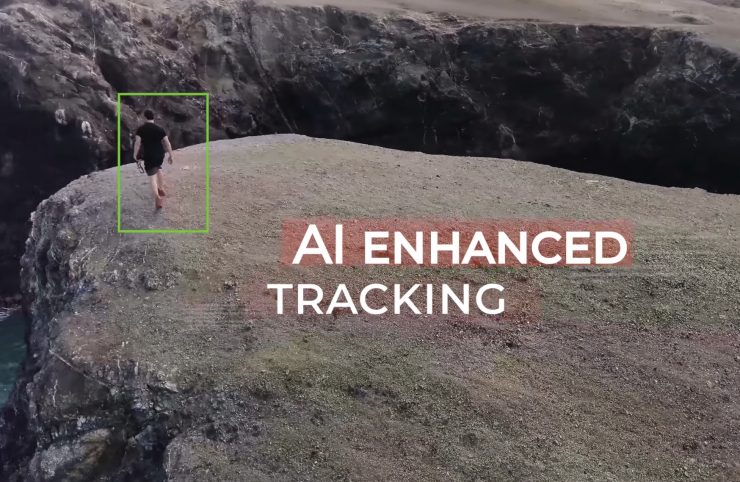
You can follow subjects autonomously around obstacles at high speeds using Autel’s patented Dynamic Track 2.0™ and watch as AI technology creates smart flight paths in real-time. Dual-core powered object detection recognizes up to 64 subjects at once including people, vehicles, and animals.
Looks like a Mavic Pro 2
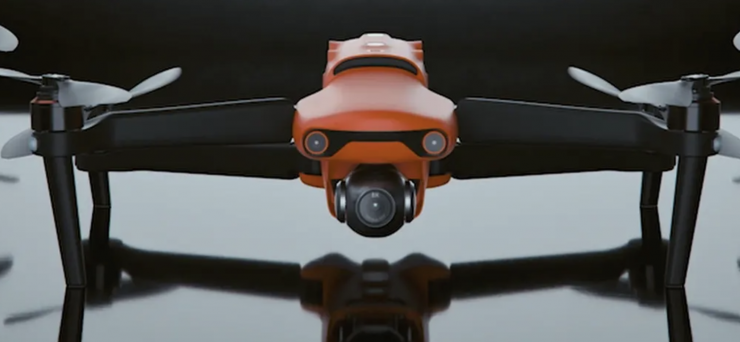
They certainly look to have a lot in common with the Mavic Pro 2 in terms of their design.
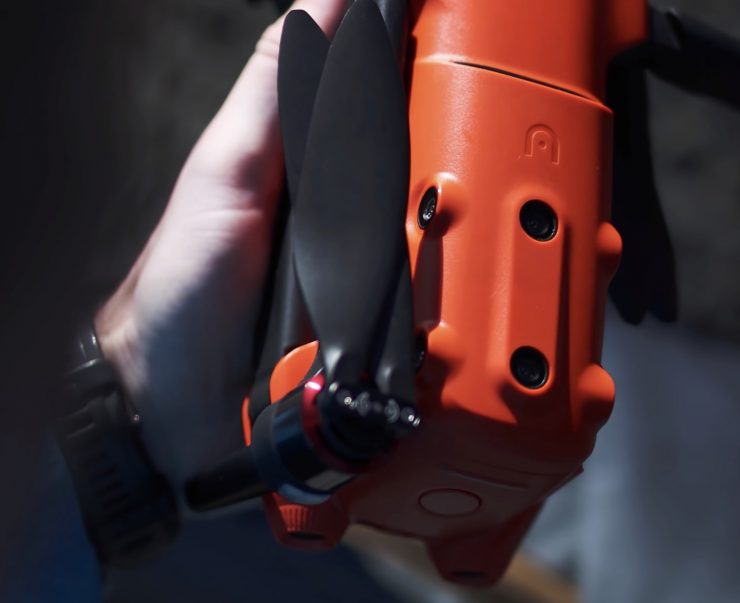
It folds down just like a Mavic and looks to be a very similar size.
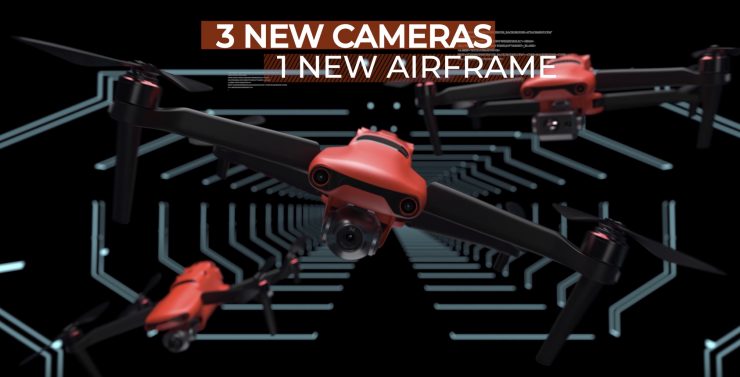
All three versions of the EVO II use the exact same airframe. What is nice is that because they all use the same airframe you can user swap over the different cameras and gimbals. This is a nice feature to have.
8K
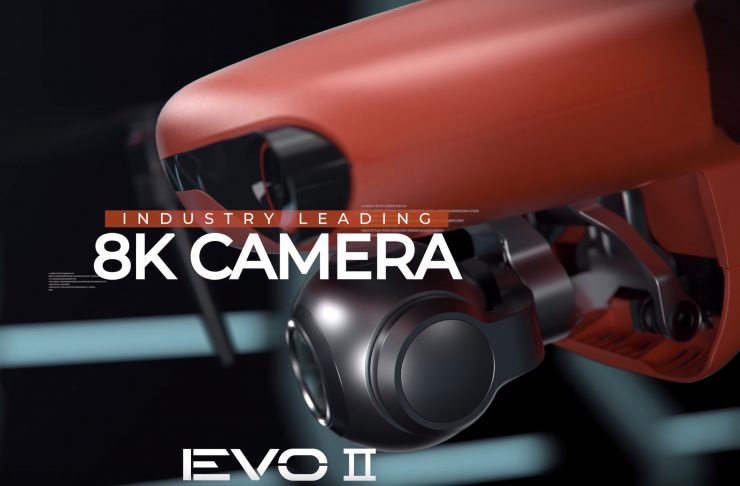
This is sure to grab the headlines. There is no other foldable consumer drone that can record 8K, let alone 6K. Now, the EVO II can shoot 8K still images, but it is not 8K video just to be clear.
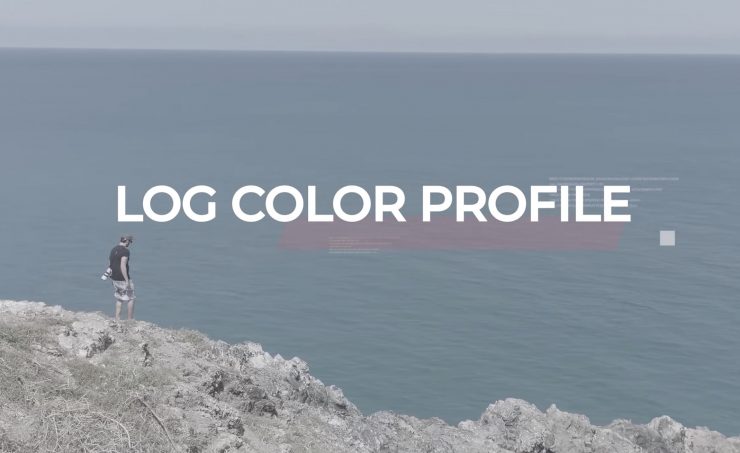
All of the drones apparently have the ability to shoot in a Log profile.
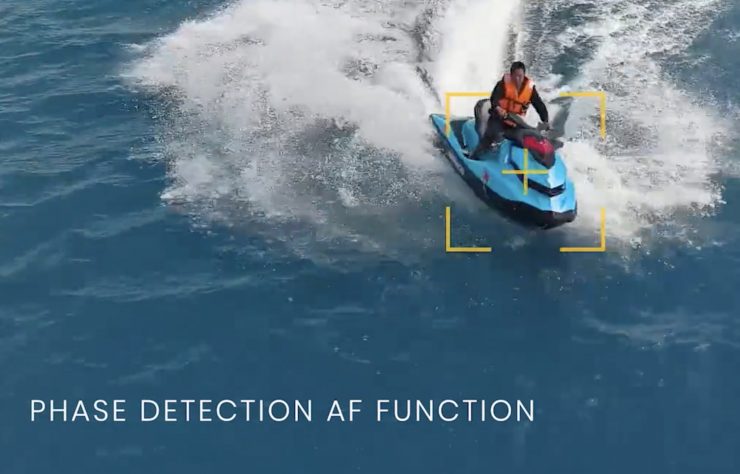
What is interesting is that the drones look to be using phase detection autofocus.
EVO II
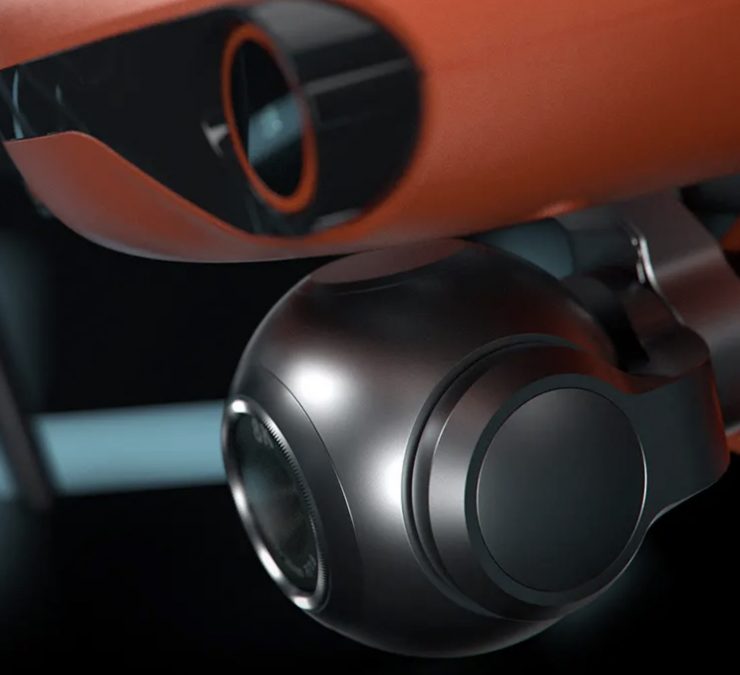
The EVO II uses a 1/2″ CMOS sensor with 48 million effective pixels. It has a maximum resolution of 8000×6000 when shooting stills. For video, the resolution is 7680 x 4320.
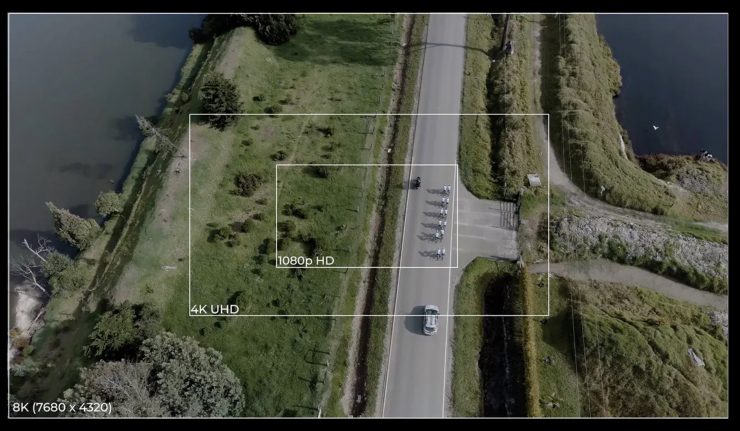
The problem is the bitrate is just 120mbps. Autel lists 10-bit but doesn’t say if it is 4:2:2 or 4:2:0. It also doesn’t mention whether it is H.265 or H.264.
The drone has an ISO range of 100-3200. Unfortunately, it doesn’t look like you can adjust the f stop of the lens being used on the drone.
EVO II PRO
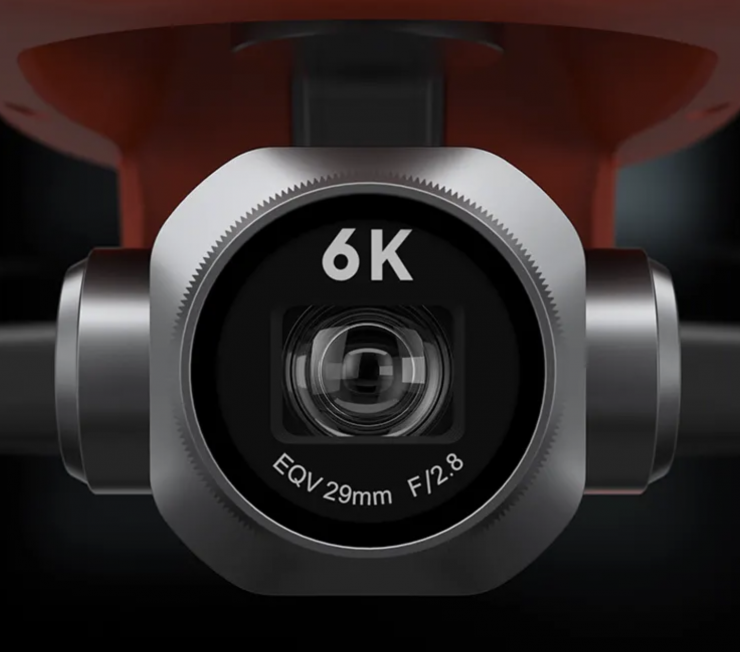
The EVO II PRO uses a larger 1″ CMOS sensor with 20 million effective pixels. It can shoot in a maximum resolution of 5472 x 3648.
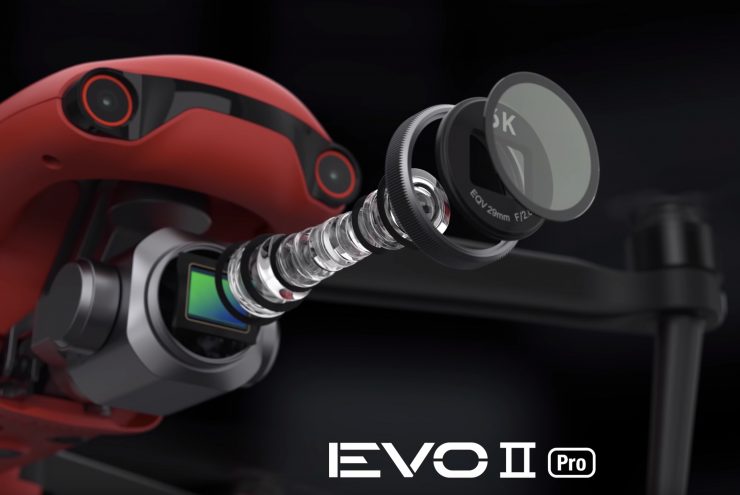
The drone has an ISO range of 100-12800. Unlike the EVO II, the EVO II PRO has the ability to adjust the lenses aperture from f2.8 to f11. The equivalent focal length of the lens is 28mm.
The EVIO II PRO also has a bitrate of just 120mbps. Autel also lists 10-bit but doesn’t say if it is 4:2:2 or 4:2:0. It also doesn’t mention whether it is H.265 or H.264.
EVO II Dual
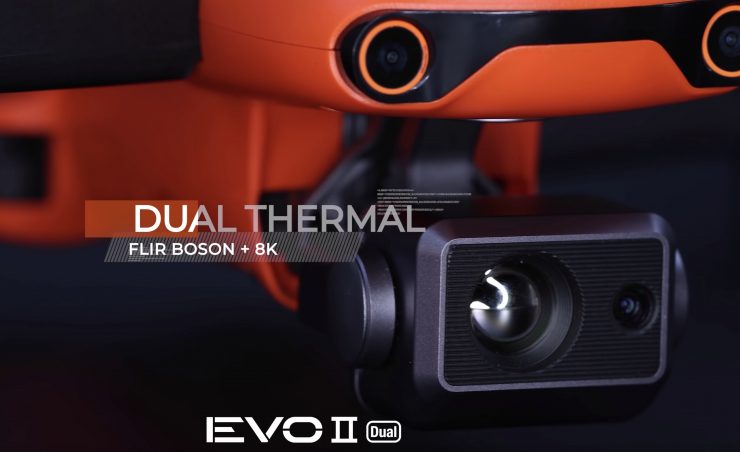
The EVO II Dual uses a 1/2″ CMOS sensor and FLIR LWR. It has a maximum resolution of 8000×6000 when shooting stills. For video, the resolution is 7680 x 4320. When shooting thermal, the resolution is limited to 640×512.
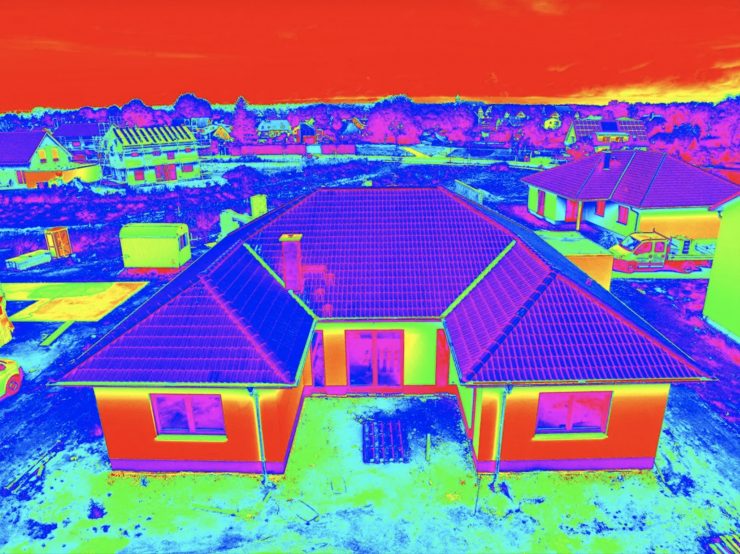
The EVO II Dual looks suitable for first responders, contractors etc.
12 vision sensors
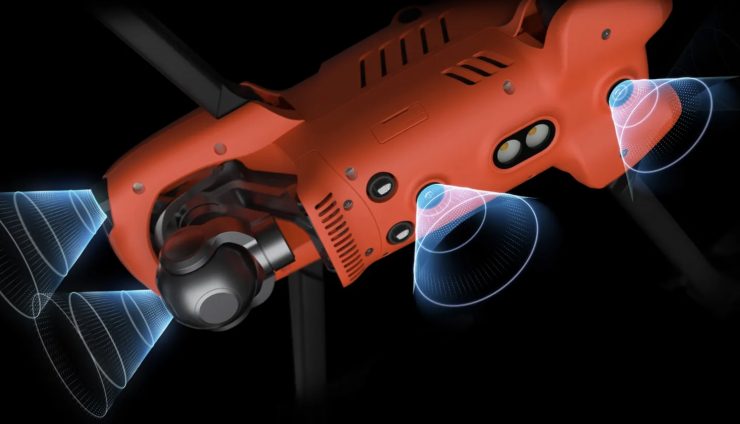
All the drones have 12 vision sensors. Autel claims that the EVO II series can self navigate itself safely around any obstacles.
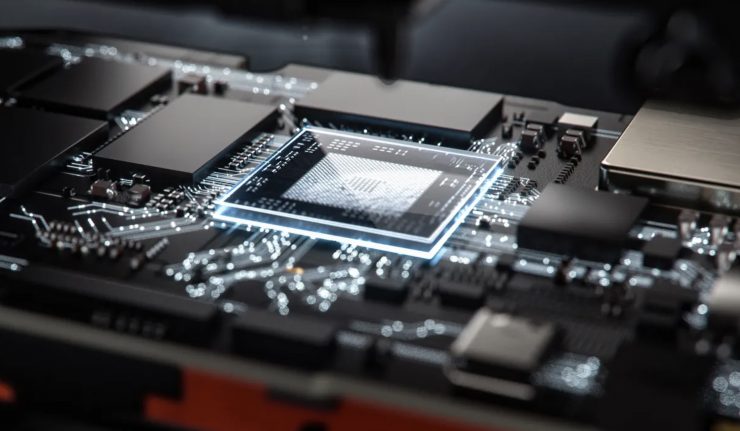
The 12 vision sensors are computer-controlled by a dual-core processor and AI machine learning. Autel claims the EVO II drones can detect potential obstacles up to 30m away.
Flight Time
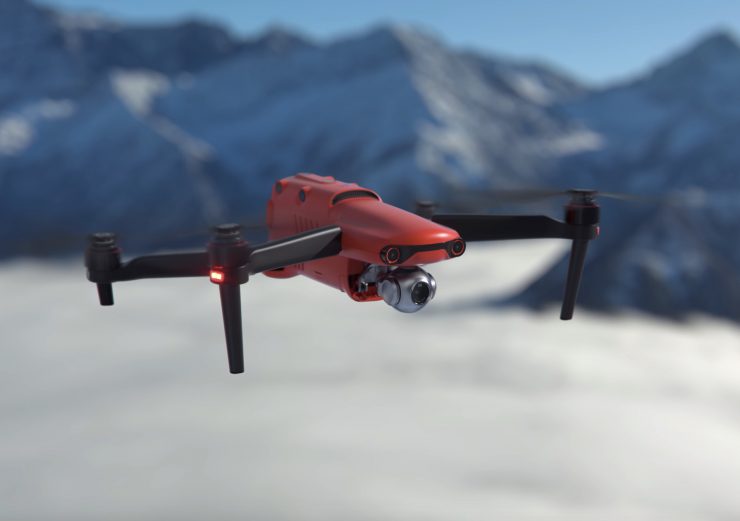
Autel claims the EVO drones have a maximum flight time of 40 minutes (no wind)which is quite incredible. They also quote 35 minutes of hovering time (no wind). EVO 2 offers failsafe features letting you know when the battery is low and when it’s time to return home.
The drones also have a control range of up to 9km (5.59 miles). They use a rechargeable 7100mAh battery.
Weight
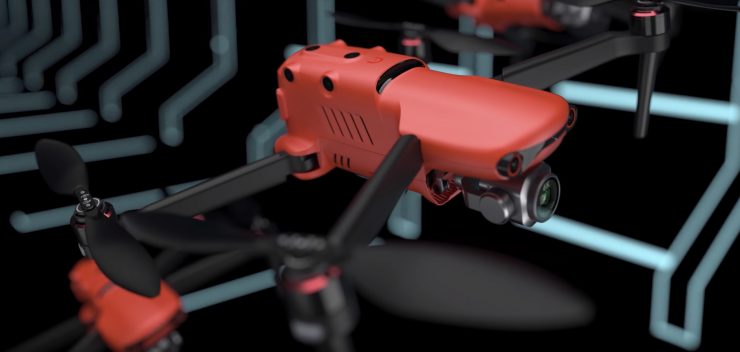
The drones weigh the following:
- EVO II 1127g
- EVO II PRO 1174g
- EVO II Dual 1192
What do they record to?
All three drones record to SD cards. The maximum card size you can use is 256GB. It is unclear just what class of card you need to use. They also have 8GB of internal storage.
The sequel looks to be better than the original
Autel launched the EVO back 2016, and it was immediately viewed as a direct competitor to the DJI Mavic. Despite having a very similar feature spec and costing less, it never really got off the ground when it came to challenging DJI. Why? Probably because it offered almost identical features. If you are not a big name brand, you need to offer more than your competition to attract buyers.
Unlike the original EVO, the EVO II models certainly offer something different to the current DJI MAVIC 2 Pro. Whether that is enough to tempt consumers or pro users remains to be seen.
What do you think about these new drones? Let us know what you think in the comments section.
Price & Availability
The EVO II drones are currently in production. Pricing and availability will be announced soon.

